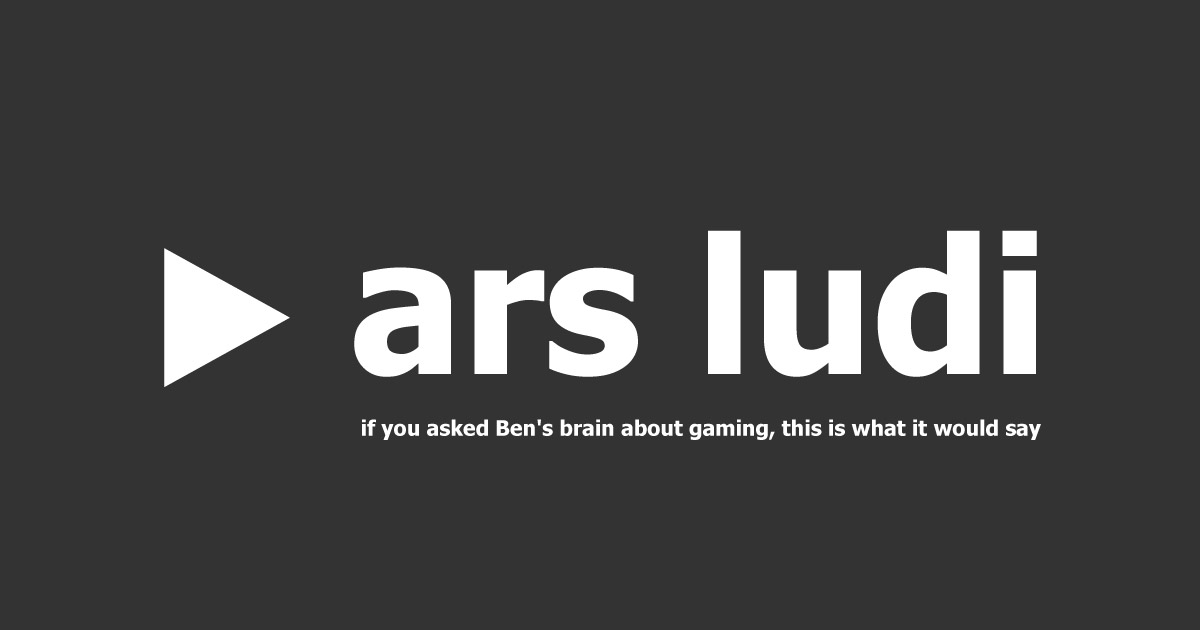Whizbang Dustyboots
Gnometown Hero

The news that Critical Role's fourth season will be a West Marches style game is introducing a lot of gamers and critters to the term for the first time.
The name "West Marches" comes from a campaign run by @Ben Robbins, the creator of Microscope and other RPGs.
Robbins was trying to solve one of the biggest problems in RPGs: defeating the scheduling monster. Instead of coming up with an adventure and a time he could play, only to run into scheduling issue after scheduling issue among his players, Robbins made it their responsibility. He put the players in charge of who would show up, what day, and what they wanted to do in the campaign world, giving him enough advance warning so he could do the necessary prep. Sometimes, it would be a stable group of player characters, but more often, players and characters would change between sessions, moving in and out of groups.
To make this all work, he created an exploration-centered campaign, a sandbox where the player characters had a single stable base of operations in a wilderness (a keep on the borderlands, one might say) and players followed clues or just headed off to explore blank hexes on the map, as suited them. The player characters updated a map back at their home base, sharing clues and information, which helped shape what they wanted to pursue next (and helped Robbins flesh out the world).
Now, Critical Role will have a regular schedule of games and players, so DM Brennan Lee Mulligan won't be having to worry about that, but the new world of Aramán is largely unexplored and will only get fleshed out (to anyone other than Mulligan) based on what the three groups of player characters (which Mulligan and Matt Mercer have said they expect to be pretty fluid groups, as is typical in West Marches games) do in play.
If all of this sounds a lot like old school D&D, it is, although it has a more formal structure and some more thought to how the campaign would work, rather than the ad hoc way the earliest D&D campaigns typically ran. It's also a popular way to play Traveler and many other RPGs.
You can play a West Marches game with a randomly generated hex map, on a map where the real details are only known to the DM, or something in between.
For more information on West Marches, see Robbins' original article and these other links:

Grand Experiments: West Marches
West Marches was a game I ran for a little over two years. It was designed to be pretty much the diametric opposite of the normal weekly game: There was no regular time: every session was scheduled by the players on the fly. There was no regular party: each game had different players drawn f

The Rules
The West Marches is a "common oneshot setting" – many diverse groups can play sessions in the same shared world. Here are the rules: Rule One: You are an adventurer because you feel a strong call in your bones to adventure. The boredom of a calm life doesn't appeal to you – you are driven to...

A 'West Marches-style' game could make for Critical Role's most interesting campaign yet
What is West Marches, anyway?
Last edited:



